Today in my ongoing series of photography tips, which have thus far covered depth of field and composition amongst other topics, I will be looking at the subject of polarising filters, and why you would want to use a polarising filter as a photographer.
Hopefully you will find something in this post that helps you to improve your photography, or gives you some ideas that may be helpful for your shots. Let’s get started.
What is a Filter Used for in Photography?
Let’s get started first by answering the question – what is a filter?
A filter is piece of glass that fits over the end of your camera lens, and can perform a number of interesting functions. One of the most useful things it can do, and the reason I would always recommend folks buy a filter as a matter of principle when buying a lens, is protect the lens glass from scratches.
You can buy clear filters which serve pretty much just this purpose – absorbing the scratches that will happen when you use your camera regularly. Filters are much cheaper to replace than the lens, and for this reason alone, I cannot recommend getting a UV filter enough.
Of course, there is more to filtering than protection. You can buy filters that come in all sorts of different colours, for example, if you were wanting to achieve interesting photography effects. Use of a red filter for black and white photography can really bring out some fascinating tones.
What is a Polarising Filter?
A polarising filter is a filter that affects the light coming into the camera, exactly like a pair of polarising sunglasses would.
You can change the effect by rotating the filter through ninety degrees, which changes the amount and type of light that comes in. Reflections, clouds, sky colour, all can be manipulated by rotating the polarising filter.
For this reason, when using a polarising filter, you are going to probably want a lens that focuses internally rather than externally, as otherwise when the camera focuses it will move the filter and change how your photo looks.
What Effect Does a Polarising Filter Have on a Photograph?
Enough of the talk on the subject, here are some images to show you what a polarising filter is capable of:
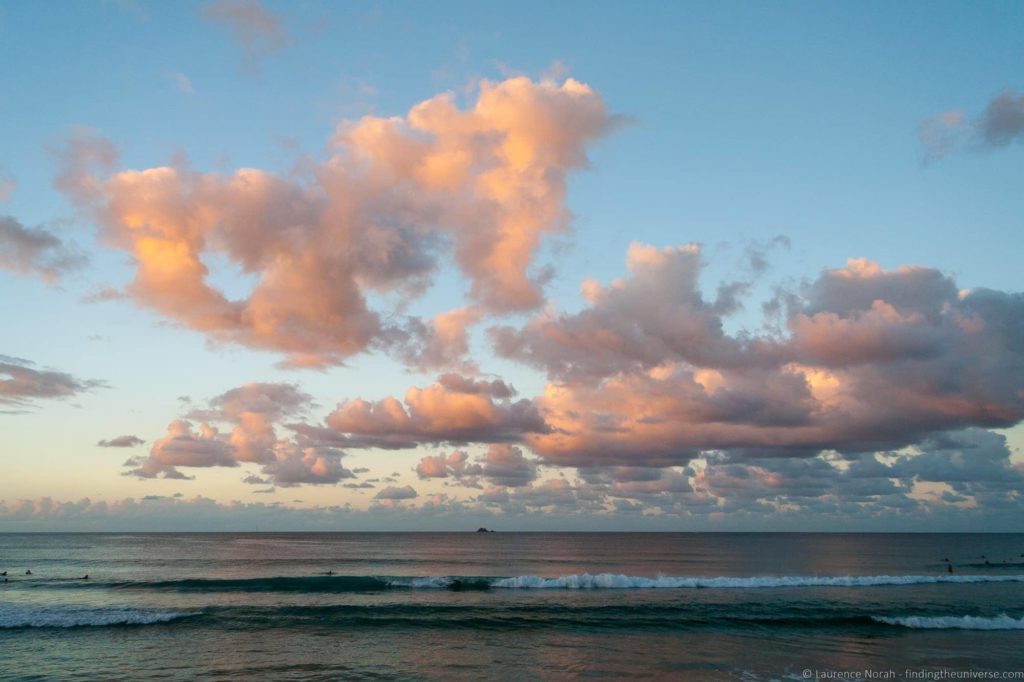
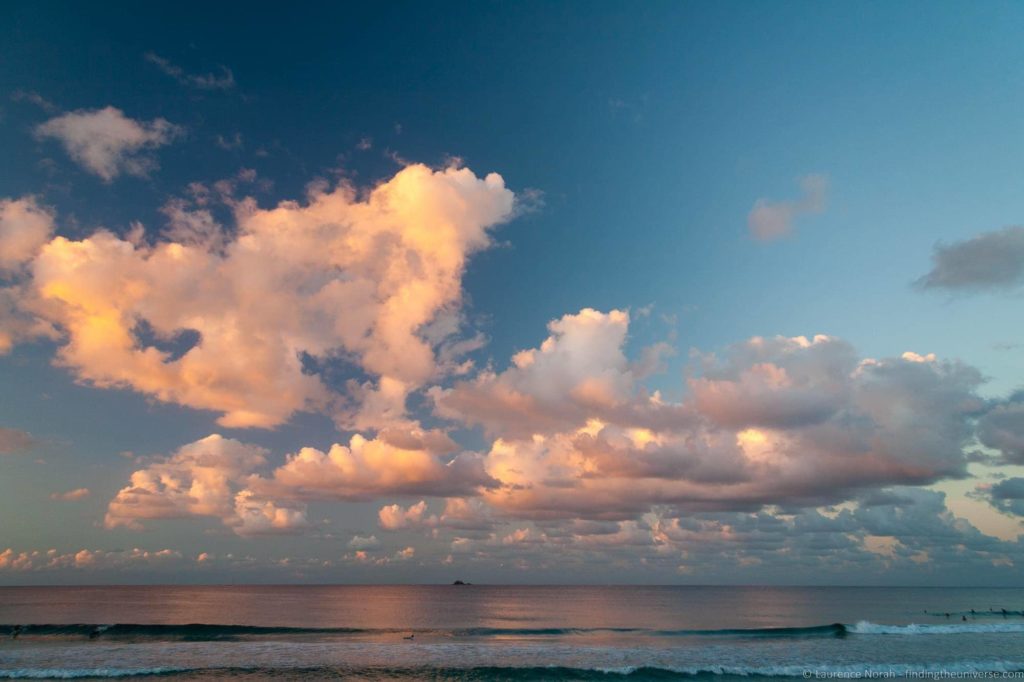
Above two images taken seconds apart showing the clouds over the sea during sunset, Byron Bay, Australia.
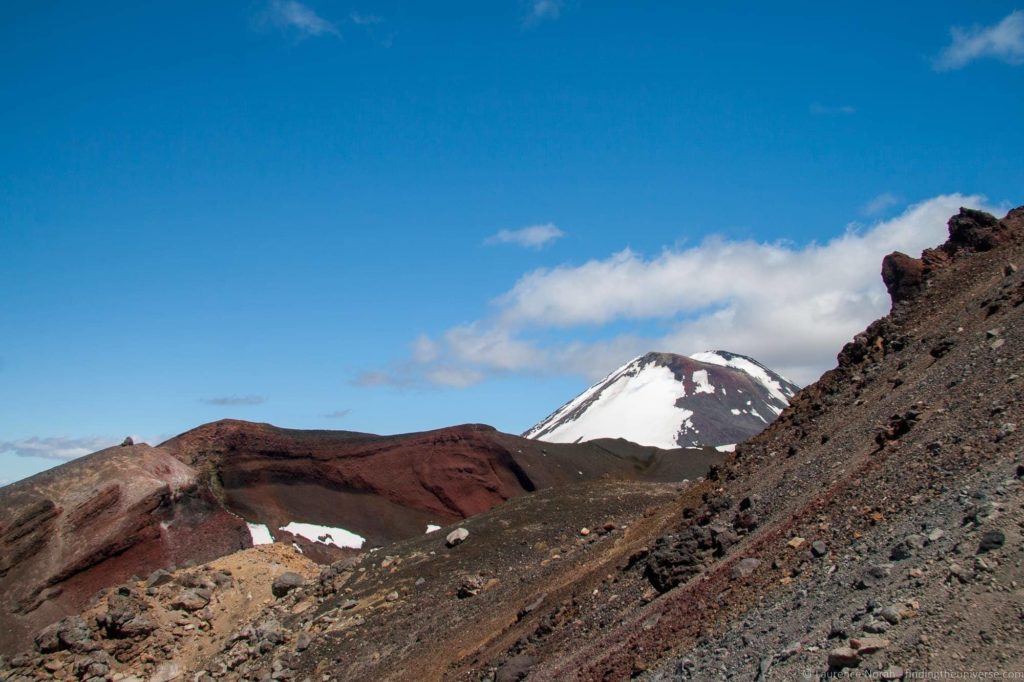
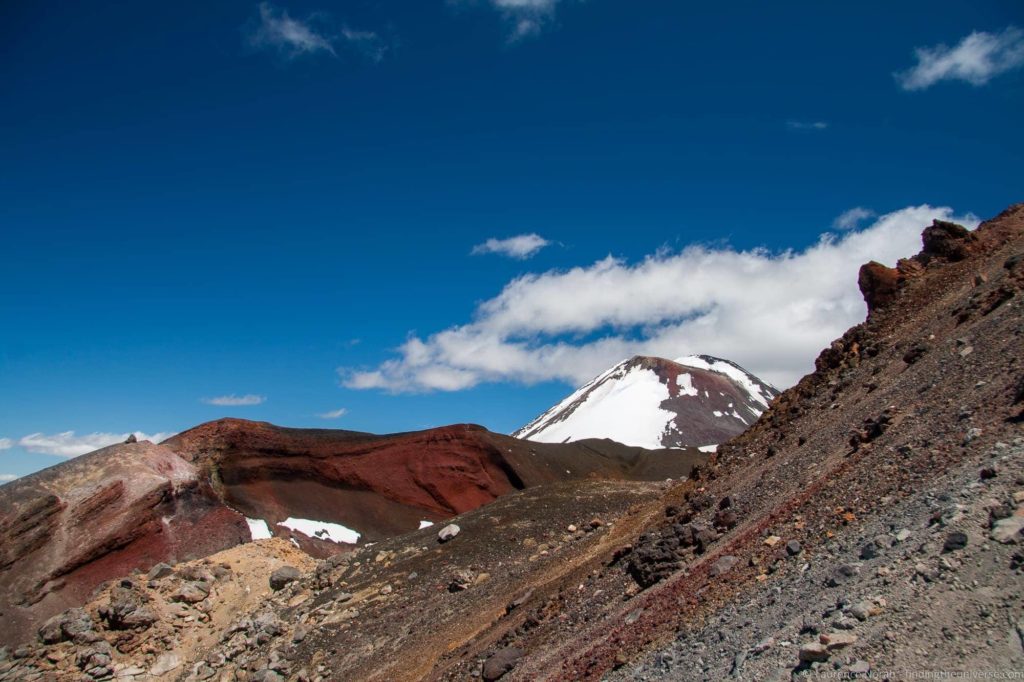
Above, two shots of Mount Ngauruhoe in the Tongariro National Park, New Zealand, also taken seconds apart.
As can be seen from the shots above, the polarised image (at the bottom in both versions) really brings out the colours in the sky. It also has a serious effect on the reflections in the water in the image.
Of course, there is a trade off to using a polarising filter. The second image in both cases required a wider open aperture and slower shutter speed. This is because less light is coming into the lens as a result of the polarisation – usually you lose around two stops of light, or, you get about a quarter the amount of light compared to not using a polarising filter.
This needs to be kept in mind when shooting, and is one reason why we recommend a tripod for photography.
It’s also worth bearing in mind that polarising filters can have a negative effect on your image, especially if you are shooting with a wide angle lens. An effect called banding can be seen with wide angle shots (10mm – 20mm equivalent generally), especially in large sections of blue sky. Here is an example of what I mean.
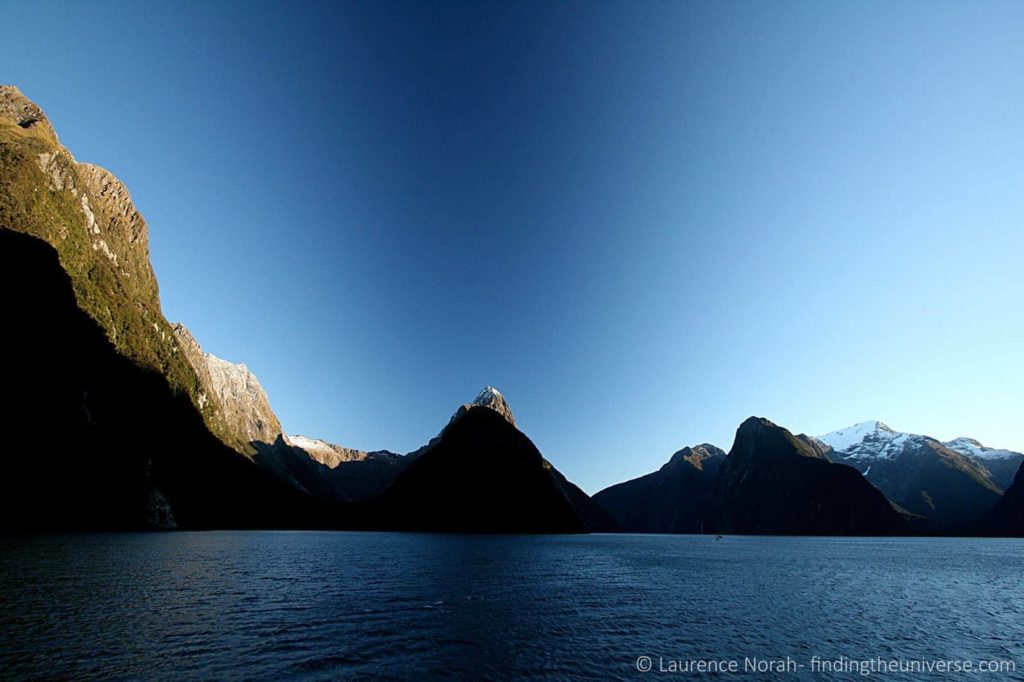
As you can see, the sky is not an even blue colour, with a large dark patch over the mountain in the centre.
This is a result of using a polarising filter on a wide angle lens. It’s also worth noting that this effect is quite hard to fix in post processing, and isn’t always too noticeable either in-camera, or when reviewing in the camera screen.
For this reason, I would advise against using a polarising filter for shots like these – unless you like the effect of course!
And that’s it for my tips on using a polarising filter in photography! Hopefully this article has given you some ideas on how to improve your photography. Check out the rest of my photography tips articles for more photography advice and tips, and don’t forget to sign up to my free 10 part newsletter at the end of the post for even more knowledge!
Happy photography, and as always, if you have any thoughts on anything in the article, feel free to comment below!
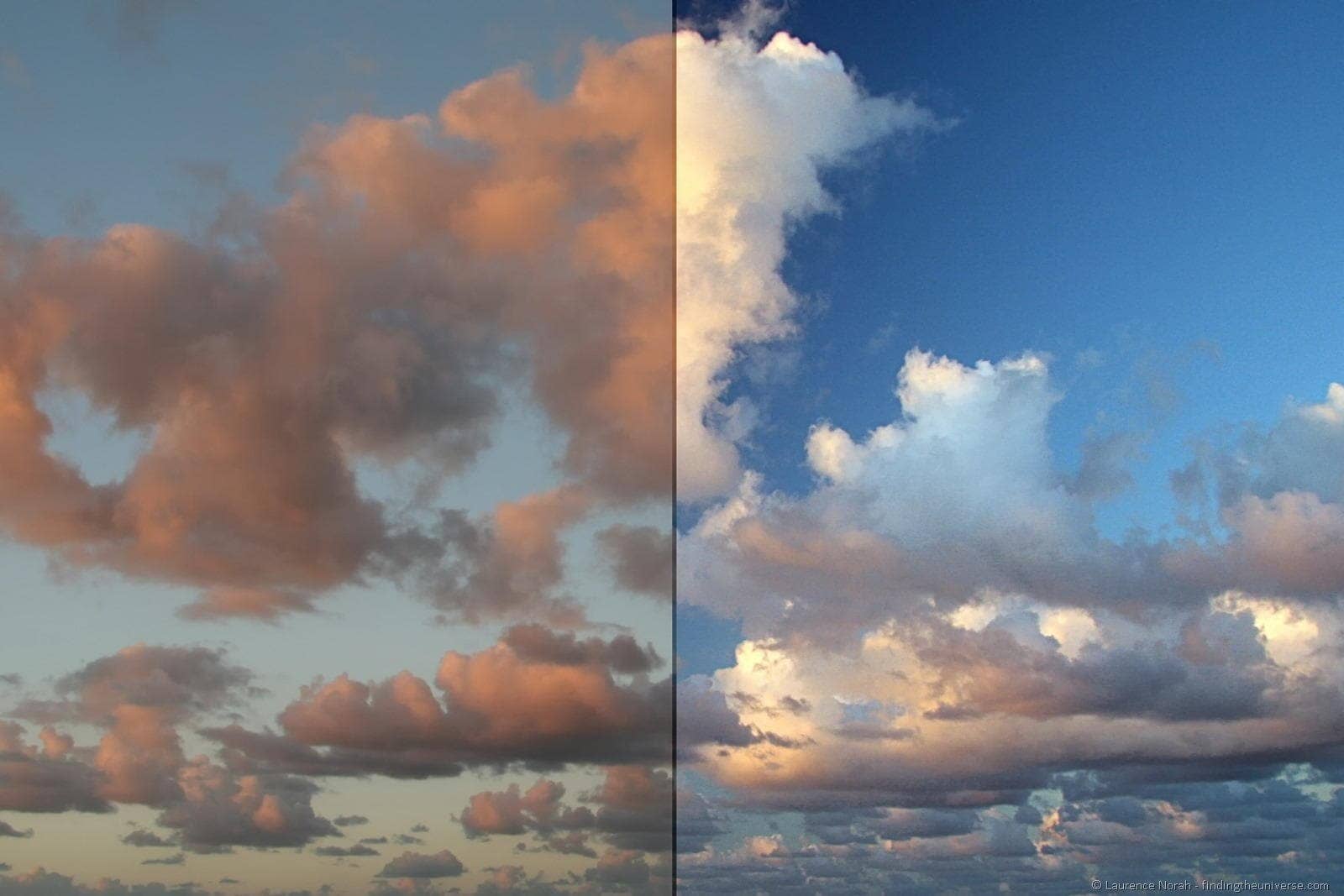
PK Roy says
I am glad to be one of the visitors on this great site. Appreciate it your great post.
Laurence Norah says
Thanks very much 🙂
Orville says
Nice.
Laurence Norah says
Thanks 🙂
Shan says
Hello,
I have Tamron 10-24 VC, Nikon 55-300 and Nikon 18-55 lens. Never tried with a filter.
Planning to buy a CPL and see the difference in pictures.
What is your suggestion on buying the filter? I don’t want to buy expensive filter. I’m also not sure about the lens on which i should try the CPL.
Laurence Norah says
Hi Shan,
So I wouldn’t spend too little on a filter as the glass quality might not be good enough. I’d suggest $30 – $80 should work though. For your lenses, I’d recommend the filter on the 18-55, because at wider angles you can get odd banding in the sky when you use a CPL.
Let me know if you have any more questions!
Laurence
Shan says
Thank you for the quick response.
Is it okay to buy a CPL with bigger size and use a step-up ring for 18-55? since i can try the same filter on all the lens?
Laurence Norah says
Yep, that should be fine!
Garrett Oler says
Question on HDR. Back when I had access to photoshop and was doing a lot of studio work, I would often take multiple images at different exposures and then lasso objects from one to past in another to give a better overall result. I currently only use Lightroom for all post processing work…but I would like to be able to do what I once did…for instance, crop the sky in an underexposed photo and paste it to the properly exposed landscape. Are there any tips or softwares that you could suggest for doing this…basically an HDR process software based.
Laurence says
Hey Sarah. I find the polarising filter really useful for all kinds of
stuff, it’s rare that I don’t have it on actually. I also have a clear
filter for lens protection 🙂
Laurence Norah says
Well, don’t delete them – one day you might have time. I think the right editing can really help turn good photos into awesome photos 😀
crazy sexy fun traveler says
Thanks for the tips 🙂 Learned something. I wish I had time for editing the photos 🙁
Sarah Wu says
Great post. I don’t use filter much, I usually just work in lighroom and get the color of photo and stuff done.
Sarah Wu says
Great post. I don’t use filter much, I usually just work in lighroom and get the color of photo and stuff done.
Laurence says
Hey Sarah. I find the polarising filter really useful for all kinds of
stuff, it’s rare that I don’t have it on actually. I also have a clear
filter for lens protection 🙂